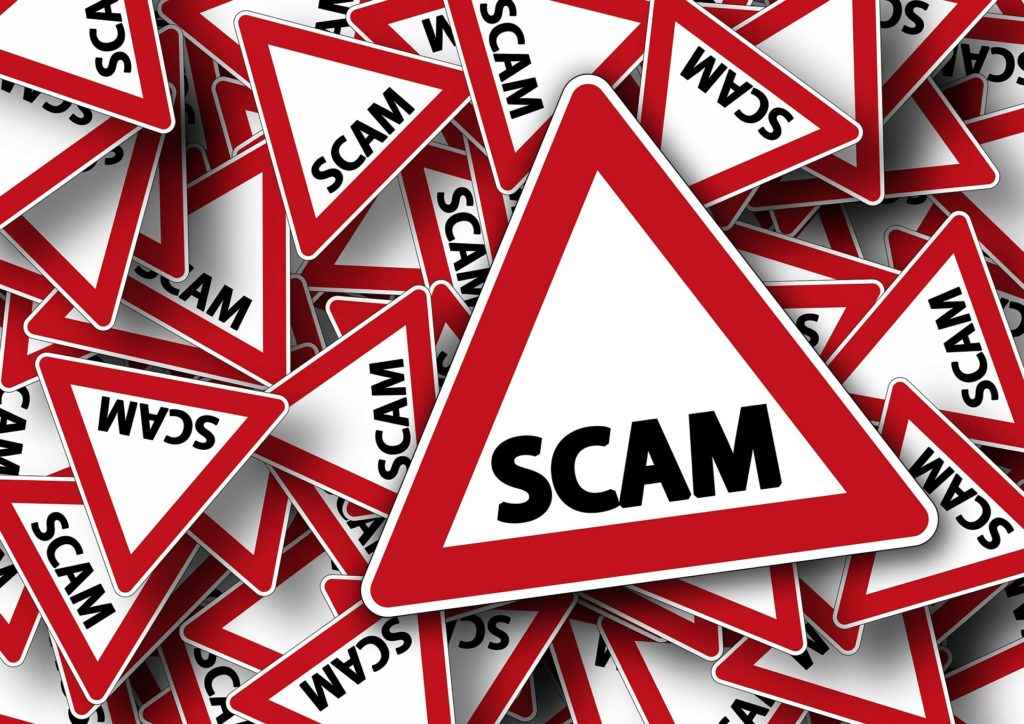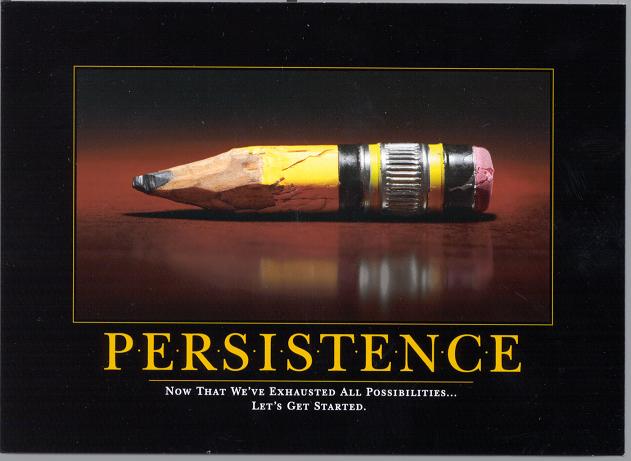Celebrities are constantly in front of the camera, and this presents an opportunity for brands to utilize them to get their product featured in magazines and blogs.
When Pamela Anderson wore UGG sheepskin boots with a red one-piece for a beach photo shoot during her Baywatch years, UGG saw record sales. Why? Founder Brian Smith used the photo to secure a spot in magazine Us Weekly.

Many of us in startups and small businesses would love the explosive growth that magazines and blogs could gain for our brands. These online and print publications generate buzz for the products they feature, and with a celebrity on your side, a spot on a magazine or blog packs an even bigger punch.
My goal with this post is to teach you how you can get that explosive growth. If we break it down, the process is two parts: (1) getting your product to celebrities and (2) getting magazines and blogs to post about it.
Here’s some tips to help you succeed.
How to Get Your Product to Celebrities
- Contact the right people. If you’re looking to get your product to a star, the best people to contact are the manager, publicist, or stylist. If you’re a fashion company, offering free products to celebrity stylists, managers, or publicists is a great way to get your clothing and accessories on celebs.
- Get your product in a gift bag/gift suite at an awards show. Paparazzi are always surrounding these events, and you have a better chance that celebrities will not just get your products but also get photographed with it.
- Create an endorsement deal with a star. This is a more involved process, but if you do it right, it ensures that the star will support your product publicly and that you’ll have images of the star using/wearing your product. Endorsement deals require capital which you may not have right now, so for some companies this might not be the best route. However, it’s one sure way to get your product to a celebrity.
Need more information? Check out my article 3 Ways to Get Your Product to Celebrities.
The goal in this stage is just to get the celebrity photographed with your product. Once you have that image, you can approach magazines and blogs with the stories.
How to Get Featured in Blogs and Magazines
Step 1: Create Your Story.
Media outlets need to have a story before they spend time writing an article. If you’re contacting a journalist hoping to get your product featured in their magazine, you have to pitch them a compelling story. Start with creating a line that summarizes news about your company and the celebrity you’re connected with.
Something like: “XYZ Brand new fall line launches, attracts attention of celebrity Danny Pudi with its classic casual styles” works. Keep it simple. Now you have something you can work with, and you can use it to create a press release.
Step 2: Write A Press Release.
Many websites like PRBuzz take press releases that companies write and paste them across different domains on the internet, but journalists rarely use those domains to find stories. The value in your press release is that it contains all the details of your story, so a journalist or blogger has everything they need to create an article.
When turning your story into a press release, make sure you write a killer first sentence that summarizes the entirety of the release — oftentimes it’s the only part of the release a journalist will read.

Step 3: Target Relevant Media.
Relevant means their audience is interested in the celebrity connected to your product, their audience finds your brand interesting, or their audience will care both about what your company does and the celebrity who you’ve associated with your product. If you’re working with an endorsement deal and chose someone who fits your brand, then you should be able to easily find publications that find both your brand and your celebrity relevant to their readers. If you’re rapid-firing your product out and hoping to just get any celebrity pictured with it, your options become more limited, and you might have to become more one-sided in your strategy.
Step 4: Send unique, personal pitches.
If you’re pitching a story to a blogger or journalist, it’s far more effective to target a few and pour tons of effort into a highly customized and specific pitch than to blast the inboxes of thousand with a templated email. A few things to keep in mind:
- Email specific contributors, but don’t forget about the “tips” emails. Editors really do read the messages sent to their [email protected] (or similar) addresses. If you don’t know the best writer to cover your story, you might consider pinging their general tips contact.
- Reference the celebrity who uses your product in the pitch. This makes a response, feedback, and success more likely. People pitch media tons or stories everyday. Use your celebrity connection to stand out.
- Pitch high-traffic blogs with the same respect you’d use for a magazine. If a blogger has an audience of 500,000 to 2,000,000 readers every month, then they are a powerful force on the internet.
- Use product reviews to get on blogs. Your celebrity makes you stand out, and offering to send your product for review by a blogger is a great angle to get featured. Reviews are high-traffic pieces for bloggers.
- Attach your press release, but don’t lean too heavily on it. Just because you’re sending a press release in the email doesn’t mean you can neglect the body of your message. Media contacts are more likely to read your entire email than your entire press release.
- Remember you’re helping them. Assuming you believe your brand is interesting, you’re doing this journalist or blogger a favor by pitching them a story their audience will appreciate. These publications thrive on new, unique content. You’re helping them do their job — don’t be intimidated.
Step 5: Use Exclusives and Embargos.
If you’re pitching several publications your story, you run the risk of one of them publishing before the others, and then other publications might lose interest because your story is old news.
Marketers typically take two paths to keep from losing coverage: Embargos and Exclusives.
Embargo – A brand uses embargos to set a date for the release of the story. When talking with media, they specify that no one can publish the story before a specified date. The problem with this is larger publications don’t like dealing with embargos.
Exclusive – A brand offers exclusive rights to the initial coverage of the story to one publication. This is a great route to go if you’re targeting authoritative, highly relevant, widely-read publication. Offering them the exclusive means you’re more likely to get your story accepted, and if they’re an industry influencer, you can create a trickle-down effect with many other media outlets that look to your target publication for stories. And after you’ve gotten coverage in a larger outlet, you can also start reaching out to smaller ones.
Step 6: Get organized around your pitches.
You want to repeat this process every 10 – 12 weeks or each time you have a big announcement in your company. Bring your team on board, create spreadsheets to keep track of which pitches are gaining responses, feedback, and acceptance. Set up weekly meetings for updates and strategies for your media carpet bomb. This can generate huge growth for your business, so it makes sense to invest part of your workweek in optimizing it. If you’re a solopreneur, then you still need to allocate part of your workweek to tracking your success and improving your pitching.
Step 7: Hit print and online simultaneously.
This may seem obvious, but if you’re working with a publication that has both online and print outlets, make sure you’re getting your story into both mediums. It’s an easy way to reach a larger audience with one hit, but if you don’t ask for it, you might miss the opportunity.
Riding the Wave of Your Feature
Once you’ve successfully gotten featured in a publication, prepare your brand to benefit as much as possible for the publicity. Share the story on your social media accounts, tagging the publication and your celebrity connection. Post links on your website. Hype up the coverage and use it to generate authority in your space.
Then use this feature as a credibility builder and keep pitching. If one magazine or blog generates huge brand awareness and sales, then why stop?
On the other side of that, if one magazine or blog generates huge brand awareness and sales, then why not start today?
Featured image via Bust Magazine.



